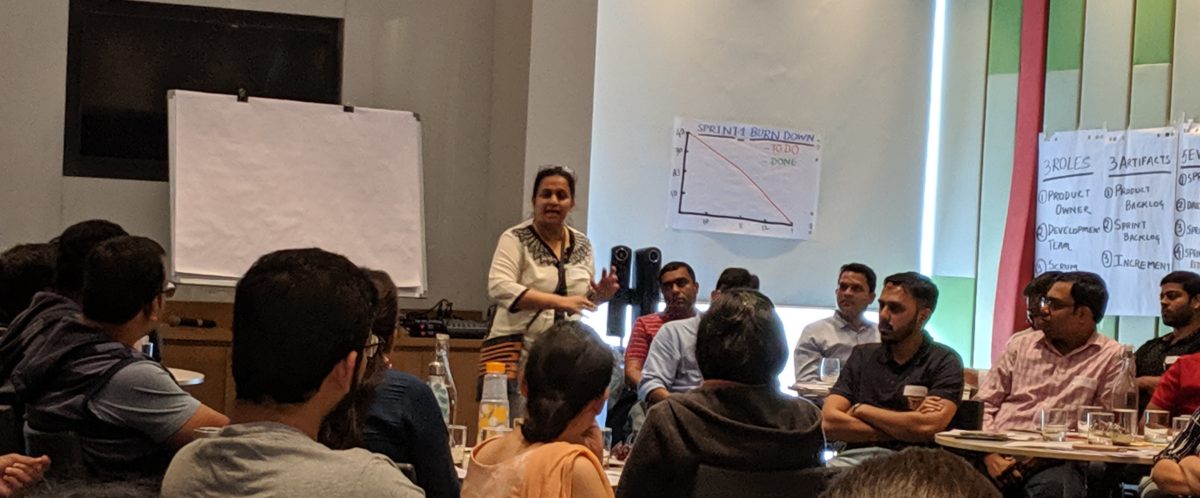What is an antipattern? – An idea which seems good but has more negatives than positives. Click here to read the definition of Anti-Pattern.
Why do the Scrum Masters feel that they have to always protect the team?
- The earlier version of the Scrum Guide mentioned the following statement
“The Scrum Master helps those outside the Scrum Team understand which of their interactions with the Scrum Team are helpful and which aren’t. The Scrum Master helps everyone change these interactions to maximize the value created by the Scrum Team”.
This was interpreted by most Scrum Masters that they always shield the team from the outside world.
- What ended up happening was that the Scrum Master became a liaison between the organization and the team. This way the Scrum Master became over-protective of the team and literally assumed the role of a “Dad” or a “Mom” for the team.
Some common observations when Scrum Master becomes overprotective
- Scrum Master deals with all impediments personally, even when the team members may be able to solve themselves
- Scrum Master filters feedback from stakeholders. Negative feedback is often not shared with the team. Only the goody-goody ones is shared with the team
- Scrum Master pampers the team by taking care of all administrative stuff (more like a PMO or a secretary)
- Scrum Master always becomes a bad-cop when it comes to harsh discussions with any stakeholder
- Scrum Master prevents the team from failing
- Scrum mom is not really challenging the team
- Scrum Master does not enforce boundaries and often remains too flexible with the boundaries
- “Right or wrong – its my team” behaviour starts getting seen
Negative consequences and what could be done
- Failure is not the opposite of success. Failure is in-fact a necessary stepping stone towards success. Like parents train their kids by letting go sometimes. Parents prepare the child for the real world by helping the child take up challenges. Scrum Master should allow the team to make mistakes and let go. There is no need to be over-protective. Let the team learn by failing. Scrum Master’s job is to keep showing the mirrors when failures happen.
- A Scrum Master’s good intentions can become an impediment for the Scrum team’s progress. This is particularly true in the case of an over-protective Scrum Master, when her shielding of the team prevents its members from learning by failing.
- Scrum Master’s job is to make the team independent and ready to face the world and not make them crippled by handling everything
- The greatest success of the Scrum Master is to see his/her team not needing a lot of bandwidth from the Scrum Master.
This article is re-published on WORLD OF AGILE website –https://worldofagile.com/blog/scrum-master-the-over-protector-of-the-team-an-antipattern/

